Home>Furniture & Design>Living Room Furniture>Where Does The Spring Go On A Recliner
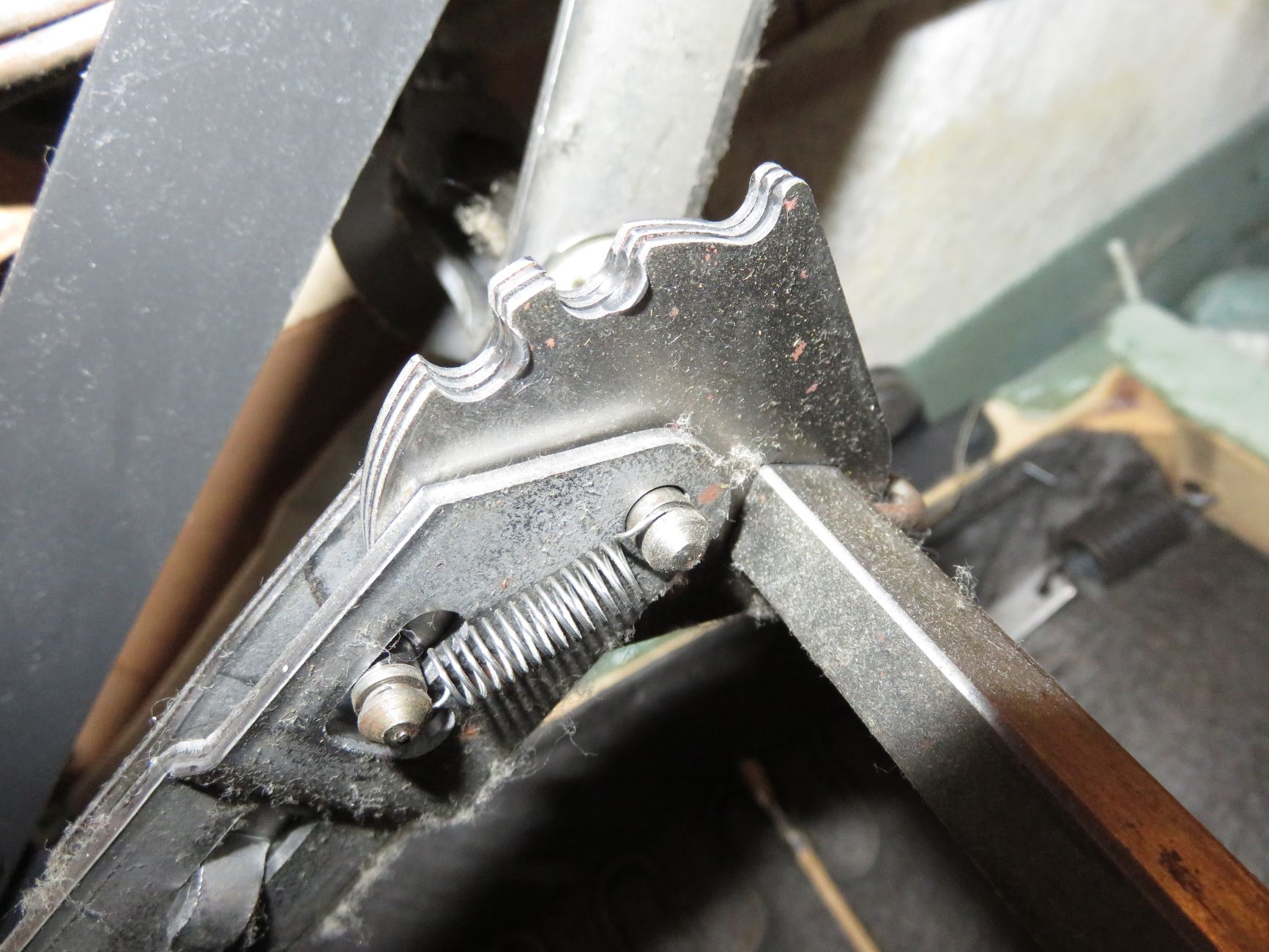

Living Room Furniture
Where Does The Spring Go On A Recliner
Modified: March 24, 2024
Discover the perfect placement for the spring on a recliner with our expert guide. Explore essential living room furniture and design tips.
(Many of the links in this article redirect to a specific reviewed product. Your purchase of these products through affiliate links helps to generate commission for Storables.com, at no extra cost. Learn more)
Introduction
Recliners are a beloved staple of living room furniture, offering unparalleled comfort and relaxation. However, like any piece of furniture, they are susceptible to wear and tear over time. One of the key components that contribute to the smooth functionality of a recliner is the spring mechanism. Understanding the role of the spring in a recliner and knowing how to address potential issues related to it can significantly prolong the lifespan of this cherished piece of furniture.
The spring in a recliner plays a crucial role in facilitating the smooth movement of the footrest and backrest. It is an integral part of the reclining mechanism, providing the necessary tension and support to ensure that the recliner operates as intended. Whether it's a manual or power recliner, the spring is essential for enabling the seamless transition between sitting and reclining positions.
As we delve into the intricacies of recliner springs, it's important to recognize that these components are subject to regular use, which can lead to wear and potential malfunctions. Over time, the spring may lose its elasticity, resulting in a less responsive or uneven reclining experience. Furthermore, factors such as excessive weight or sudden impact can contribute to the deterioration of the spring's functionality.
In this comprehensive guide, we will explore the inner workings of recliner springs, pinpoint their location within the recliner structure, address common issues that may arise, and provide insights into the process of replacing a recliner spring. By gaining a deeper understanding of the role and maintenance of recliner springs, you will be better equipped to preserve the comfort and functionality of your beloved recliner for years to come.
Join us as we embark on a journey to unravel the mysteries of recliner springs, empowering you with the knowledge and expertise to ensure that your recliner remains a cherished haven of relaxation in your living space.
Key Takeaways:
- Recliner springs are crucial for smooth movement and comfort. Regular maintenance and timely replacement can extend the lifespan of your beloved recliner, ensuring continued relaxation in your living space.
- Identifying and addressing common issues with recliner springs, such as loss of elasticity and uneven tension, can help maintain the comfort and functionality of your recliner. Replacing a worn-out spring can revitalize your recliner and restore its smooth operation.
Read more: How Far Does A Recliner Go Back
Understanding the Recliner Mechanism
At the heart of every recliner lies a sophisticated yet elegantly simple mechanism that enables the seamless transition from an upright sitting position to a luxurious reclined state. This mechanism is a marvel of engineering, designed to provide optimal comfort and functionality while maintaining the structural integrity of the recliner.
The fundamental principle behind the recliner mechanism involves a carefully orchestrated interplay of components, including the frame, springs, and levers. These elements work in harmony to facilitate the fluid movement of the footrest and backrest, allowing individuals to effortlessly adjust their seating position to suit their comfort preferences.
Central to the recliner mechanism is the concept of balance and tension. When a person leans back to recline, the force exerted on the backrest is counteracted by the tension within the springs, ensuring a controlled and smooth reclining motion. This equilibrium is essential for preventing sudden jolts or instability during the reclining process, thereby enhancing the overall comfort and safety of the recliner.
In manual recliners, the mechanism typically involves a lever or handle that, when activated, triggers the coordinated movement of the footrest and backrest. This action sets the entire mechanism in motion, with the springs playing a pivotal role in regulating the speed and resistance of the reclining motion. On the other hand, power recliners harness the power of electricity to initiate and control the reclining process, offering a heightened level of convenience and customization.
The intricate dance of the recliner mechanism is a testament to the ingenuity of furniture design, where precision engineering meets the art of relaxation. Understanding the inner workings of this mechanism not only fosters a deeper appreciation for the craftsmanship behind recliners but also equips individuals with the knowledge to identify and address potential issues that may arise over time.
As we continue our exploration of recliner springs and their role within the mechanism, it becomes evident that these components are indispensable for maintaining the functionality and comfort of the recliner. By gaining a comprehensive understanding of the recliner mechanism, we lay the foundation for effectively addressing issues related to recliner springs and ensuring the enduring quality of these beloved pieces of furniture.
Locating the Spring in a Recliner
The spring in a recliner is strategically positioned within the intricate framework of the reclining mechanism. Its placement is pivotal in ensuring the smooth and controlled movement of the footrest and backrest, thereby contributing to the overall comfort and functionality of the recliner.
In most recliners, the spring is situated beneath the seat, nestled within the framework that supports the footrest and backrest. It is often positioned parallel to the seat bottom, running horizontally to provide balanced tension and support. The precise location of the spring may vary depending on the specific design and construction of the recliner, but its fundamental role remains consistent across different models.
Upon closer inspection, the spring can be identified as a coiled or tension-based component, designed to withstand the forces exerted during the reclining process. Its strategic placement beneath the seat ensures that it effectively counteracts the weight and movement of the individual using the recliner, thereby enabling a controlled and seamless transition between sitting and reclining positions.
In manual recliners, the spring is intricately integrated with the lever or handle mechanism, working in tandem to regulate the reclining motion. This collaborative effort ensures that the spring responds to the user's movements with precision, offering the desired level of resistance and support.
For power recliners, the spring remains an essential element, albeit operating in conjunction with the electrical components that power the reclining mechanism. Its location and function are integral to the synchronized movement of the footrest and backrest, harmonizing with the electrical components to deliver a tailored and comfortable reclining experience.
Understanding the location of the spring in a recliner provides valuable insight into its role within the overall mechanism. By pinpointing its position and recognizing its significance, individuals can develop a deeper appreciation for the engineering prowess that underpins the functionality of recliners. This knowledge also serves as a foundation for troubleshooting and addressing potential issues related to the spring, empowering individuals to uphold the performance and longevity of their cherished recliners.
Common Issues with Recliner Springs
Over time, recliner springs may encounter a range of issues that can compromise the smooth operation and comfort of the recliner. Understanding these common issues is essential for identifying and addressing potential concerns related to the spring mechanism.
-
Loss of Elasticity: One of the primary issues that recliner springs may face is a gradual loss of elasticity. This can occur due to prolonged use, exposure to excessive weight, or natural wear and tear. As the spring loses its elasticity, the reclining motion may become less responsive, leading to a diminished reclining experience.
-
Uneven Tension: In some cases, recliner springs may develop uneven tension, causing one side of the recliner to recline at a different rate or with varying resistance compared to the other side. This disparity in tension can result in an imbalanced reclining motion, detracting from the overall comfort and functionality of the recliner.
-
Squeaking or Grinding Sounds: Aged or worn-out recliner springs may produce squeaking or grinding sounds when the recliner is operated. These auditory cues often indicate that the spring requires attention, as the friction and strain within the mechanism can lead to discomfort and detract from the serene ambiance of the reclining experience.
-
Limited Range of Motion: As recliner springs deteriorate, they may impede the full range of motion of the footrest and backrest. This can manifest as restricted movement or difficulty in achieving the desired reclining position, diminishing the versatility and comfort that the recliner is designed to provide.
-
Structural Misalignment: In some instances, worn or damaged springs can contribute to structural misalignment within the recliner mechanism. This misalignment may manifest as an irregular reclining motion or instability, posing potential safety concerns and detracting from the overall functionality of the recliner.
Addressing these common issues with recliner springs is crucial for preserving the comfort and performance of the recliner. By recognizing the signs of spring-related issues and taking proactive measures to rectify them, individuals can extend the longevity of their recliners and continue to enjoy the unparalleled relaxation that these pieces of furniture offer.
Replacing the Spring in a Recliner
When the spring in a recliner begins to exhibit signs of wear or malfunctions, it may become necessary to replace the spring to restore the optimal functionality and comfort of the recliner. While the prospect of replacing a recliner spring may seem daunting, with the right approach and guidance, it is a manageable task that can breathe new life into your beloved piece of furniture.
Read more: Where Does The Dessert Plate Go?
Assessment and Preparation
Before embarking on the process of replacing the spring in a recliner, it is essential to conduct a thorough assessment of the recliner's mechanism to pinpoint the source of the issue. This involves carefully inspecting the recliner for any visible signs of spring damage, loss of tension, or irregularities in the reclining motion. Additionally, it is advisable to refer to the manufacturer's guidelines or documentation to gain insights into the specific components and assembly of the recliner.
Once the assessment is complete, gather the necessary tools and replacement parts, ensuring that they align with the specifications of the recliner. Common tools required for replacing a recliner spring may include screwdrivers, pliers, and replacement springs tailored to the dimensions and tension requirements of the recliner.
Disassembly and Replacement
Begin the process by carefully disassembling the recliner, following the manufacturer's instructions and exercising caution to avoid damage to the surrounding components. This typically involves removing the upholstery, accessing the internal framework, and identifying the location of the existing spring within the mechanism.
With the existing spring exposed, carefully detach it from its mounting points, taking note of its orientation and positioning to facilitate the installation of the replacement spring. It is crucial to handle the spring with care, as it may still be under tension and require gentle manipulation to remove it from the recliner.
Once the old spring has been removed, proceed to install the replacement spring, ensuring that it aligns with the designated mounting points and follows the same configuration as the original spring. Exercise caution and precision during this step to prevent any misalignment or damage to the surrounding components.
Reassembly and Testing
After the replacement spring has been securely installed, reassemble the recliner, paying close attention to the alignment and integrity of the components. Take care to reattach the upholstery and any additional coverings, ensuring that they are restored to their original state without any compromises to their appearance or functionality.
Once the reassembly is complete, test the recliner to verify the smooth operation and functionality of the new spring. Gradually engage the reclining mechanism, observing the motion of the footrest and backrest to ensure that they move in a synchronized and controlled manner. Additionally, listen for any unusual sounds or sensations that may indicate potential issues with the replacement spring or its integration into the recliner mechanism.
Final Adjustments and Evaluation
In some cases, minor adjustments may be necessary to fine-tune the tension and alignment of the replacement spring, ensuring that it seamlessly integrates with the recliner mechanism. This may involve subtle modifications to the positioning or tension of the spring to optimize its performance and contribute to a comfortable reclining experience.
Upon completing the replacement process and conducting thorough testing, evaluate the recliner to confirm that the new spring has effectively addressed the issues that prompted its replacement. Assess the overall functionality, comfort, and stability of the recliner, taking note of any improvements resulting from the installation of the replacement spring.
By meticulously following these steps and exercising care throughout the process, individuals can successfully replace the spring in a recliner, revitalizing its functionality and prolonging its lifespan. This proactive approach to maintenance and repair empowers individuals to preserve the comfort and enjoyment offered by their recliners, ensuring that these cherished pieces of furniture continue to serve as havens of relaxation in their living spaces.
When repairing a recliner, the spring usually goes underneath the seat cushion. Look for a metal bracket or hooks where the spring can be attached to provide support and flexibility.
Read more: Where Does The Dryer Vent Go
Conclusion
In conclusion, the spring in a recliner serves as a fundamental component that underpins the seamless functionality and comfort of this beloved piece of furniture. Through our exploration of the intricacies of recliner springs, we have gained valuable insights into their role within the recliner mechanism, their common issues, and the process of replacing them. This journey has not only deepened our understanding of recliners but also equipped us with the knowledge and expertise to ensure the enduring quality and performance of these cherished pieces of furniture.
As we reflect on the significance of recliner springs, it becomes evident that their proper maintenance and care are essential for preserving the optimal functionality and comfort of recliners. By recognizing the common issues that may arise with recliner springs, such as loss of elasticity, uneven tension, and restricted range of motion, individuals can proactively address these concerns to uphold the longevity of their recliners.
Moreover, the process of replacing a recliner spring, while requiring attention to detail and precision, offers a viable solution for revitalizing the recliner and restoring its smooth operation. By following the recommended steps for assessment, preparation, disassembly, replacement, reassembly, and testing, individuals can effectively address spring-related issues and breathe new life into their recliners.
Ultimately, our exploration of recliner springs underscores the importance of proactive maintenance and attentive care in preserving the comfort and functionality of living room furniture. Whether it's a manual or power recliner, the spring remains a cornerstone of the recliner mechanism, contributing to the seamless transition between sitting and reclining positions.
As we bid farewell to this comprehensive guide, let us carry forward the knowledge and insights gained, empowering us to nurture and maintain the cherished recliners that grace our living spaces. By embracing a proactive approach to recliner maintenance and repair, we ensure that these pieces of furniture continue to serve as havens of relaxation, offering unparalleled comfort and tranquility for years to come.
Frequently Asked Questions about Where Does The Spring Go On A Recliner
Was this page helpful?
At Storables.com, we guarantee accurate and reliable information. Our content, validated by Expert Board Contributors, is crafted following stringent Editorial Policies. We're committed to providing you with well-researched, expert-backed insights for all your informational needs.
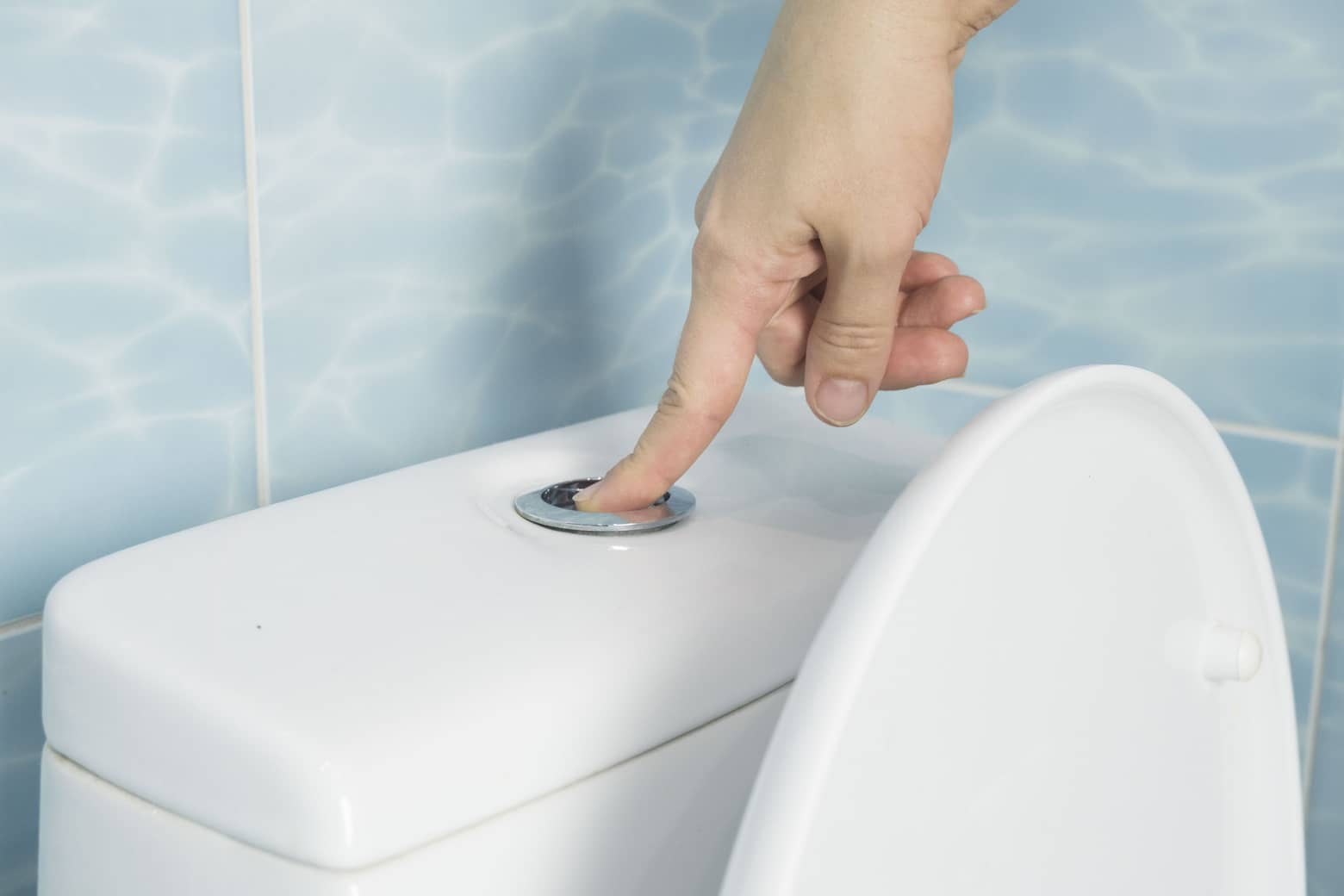


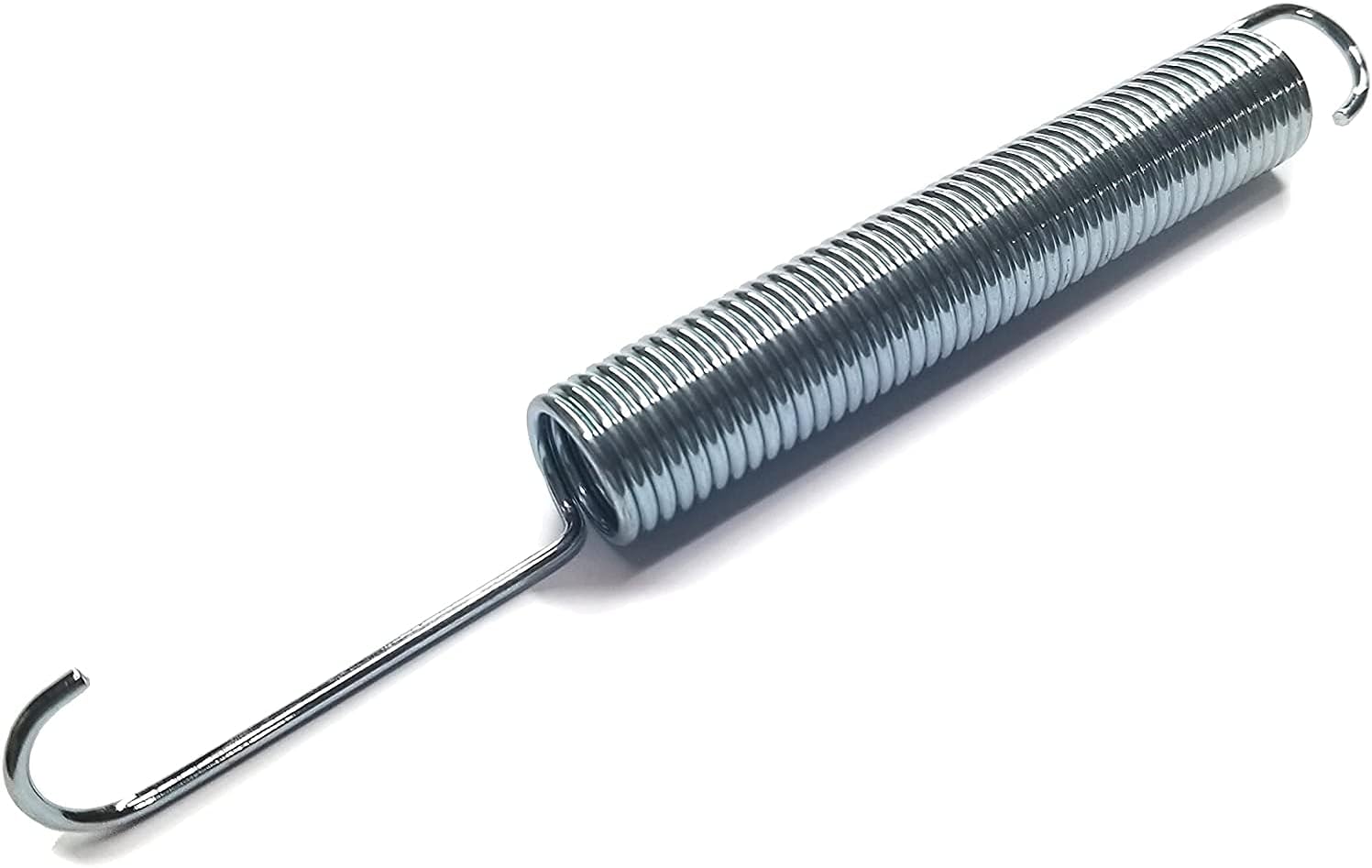
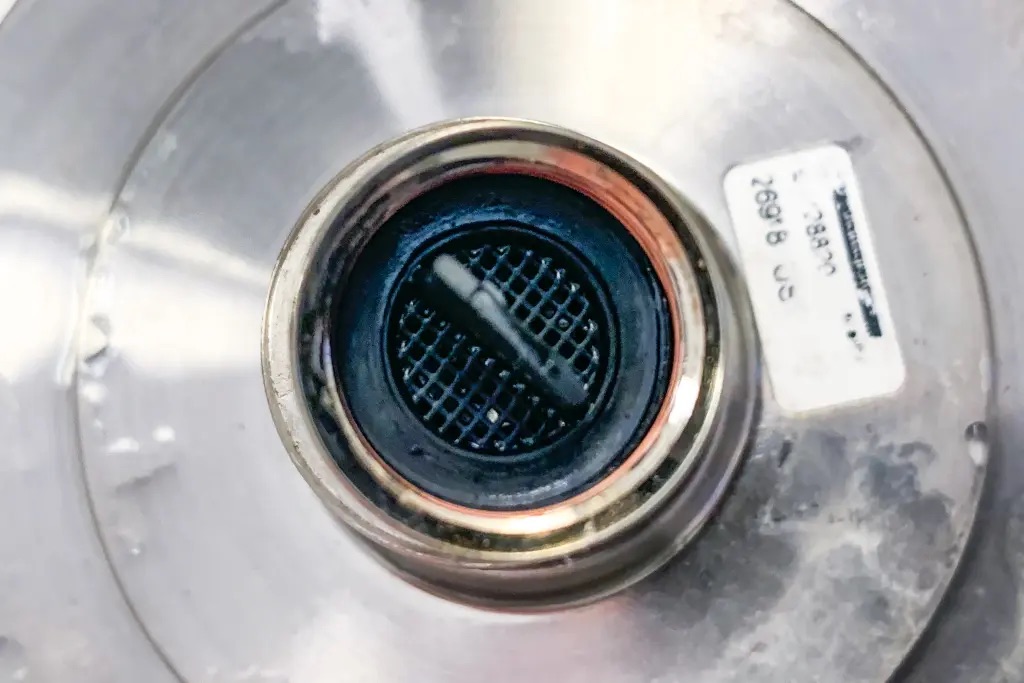
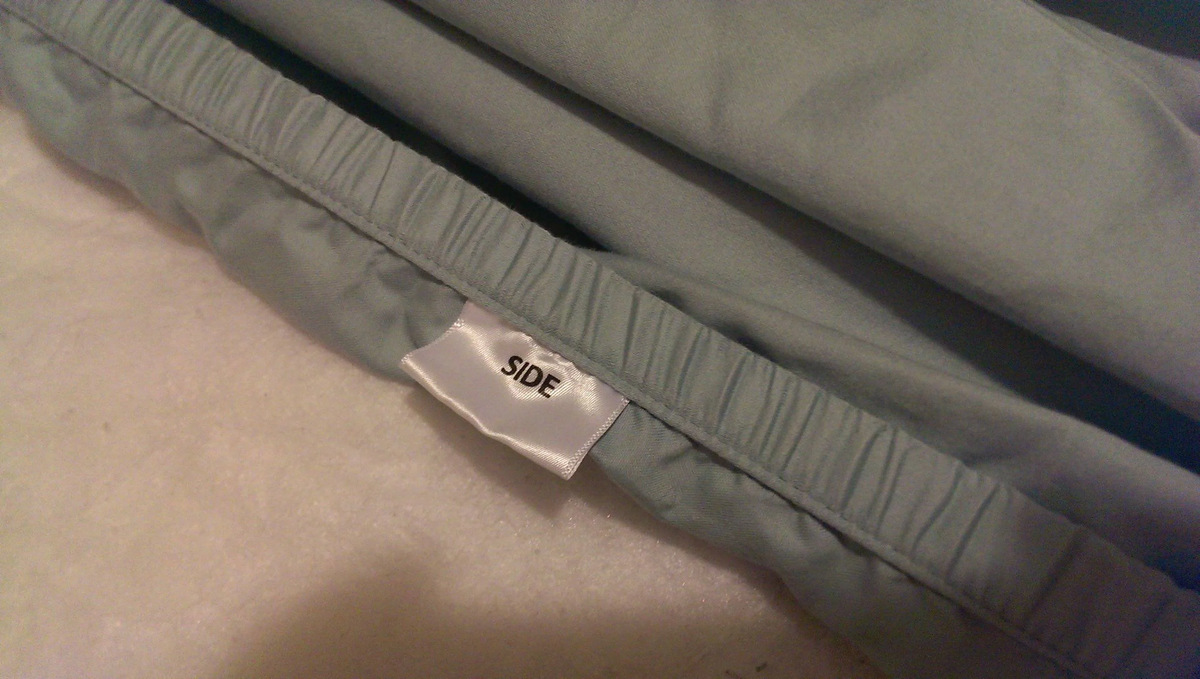


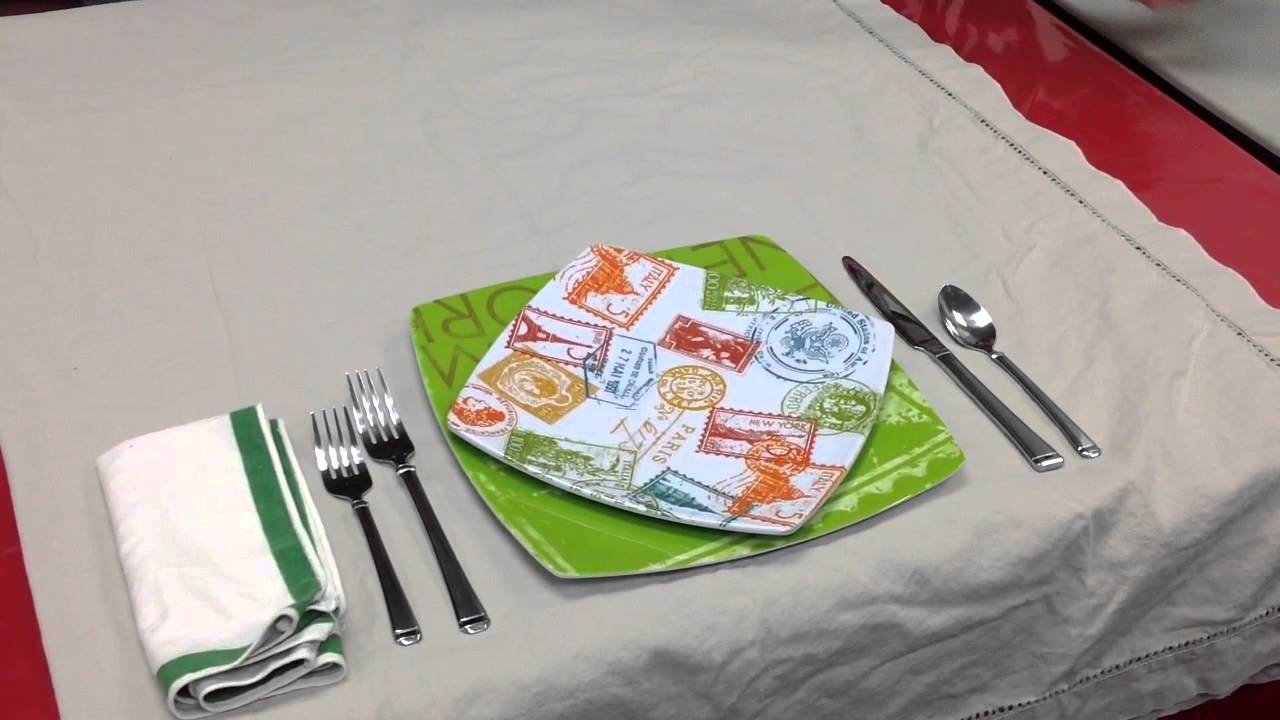
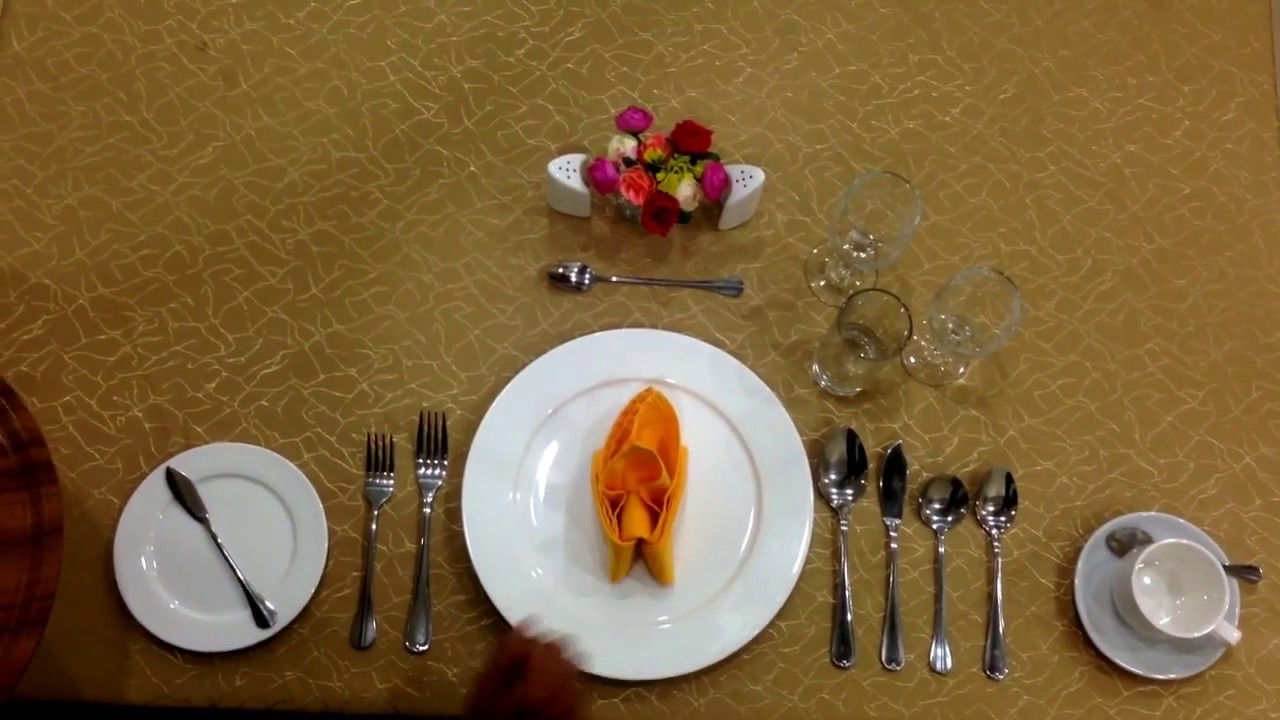


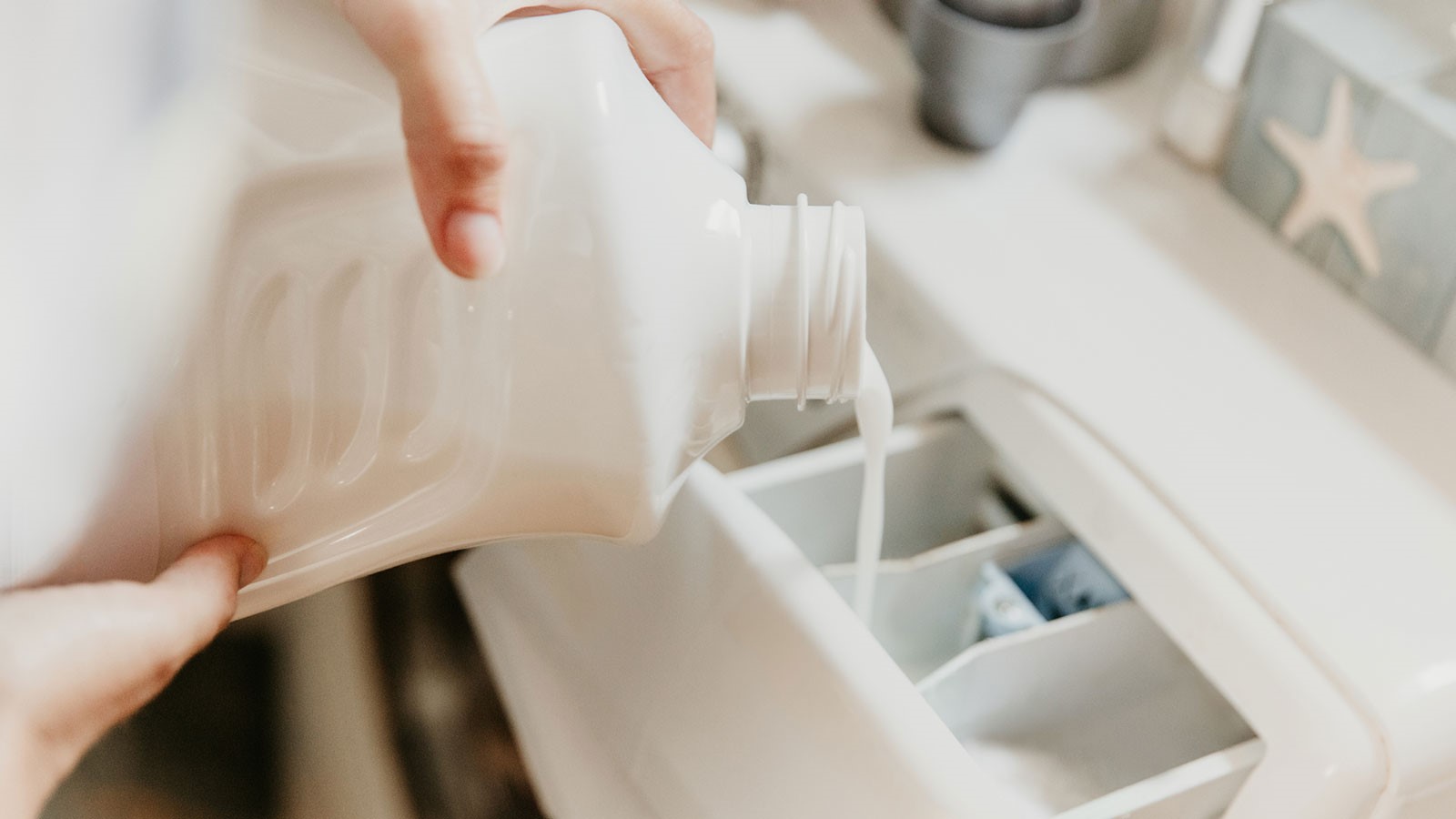

0 thoughts on “Where Does The Spring Go On A Recliner”